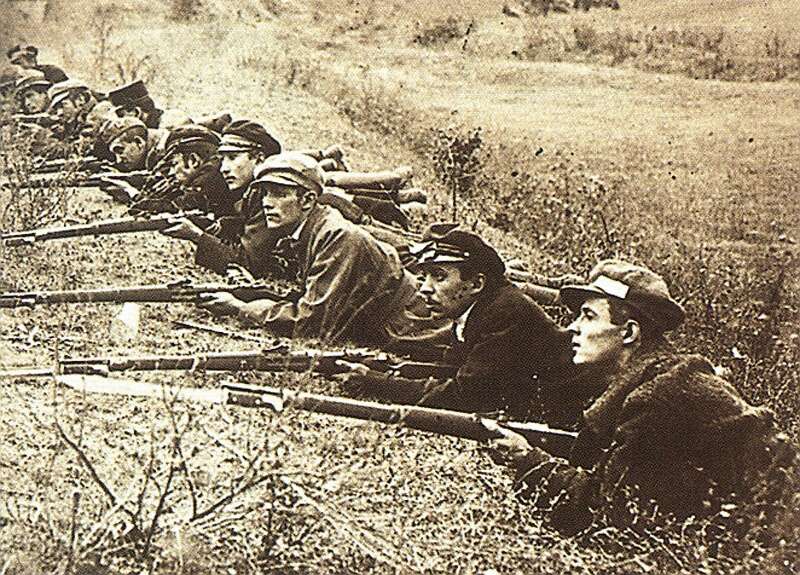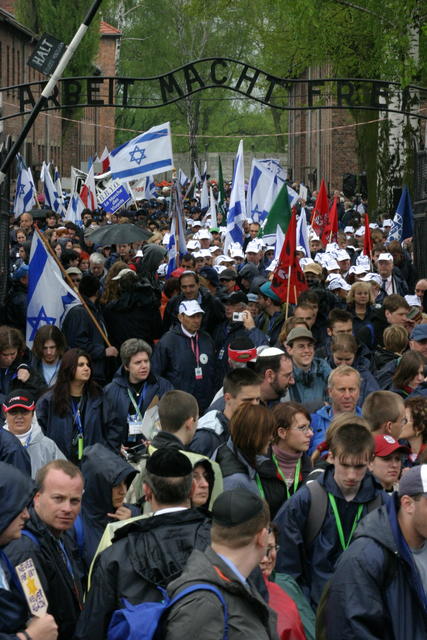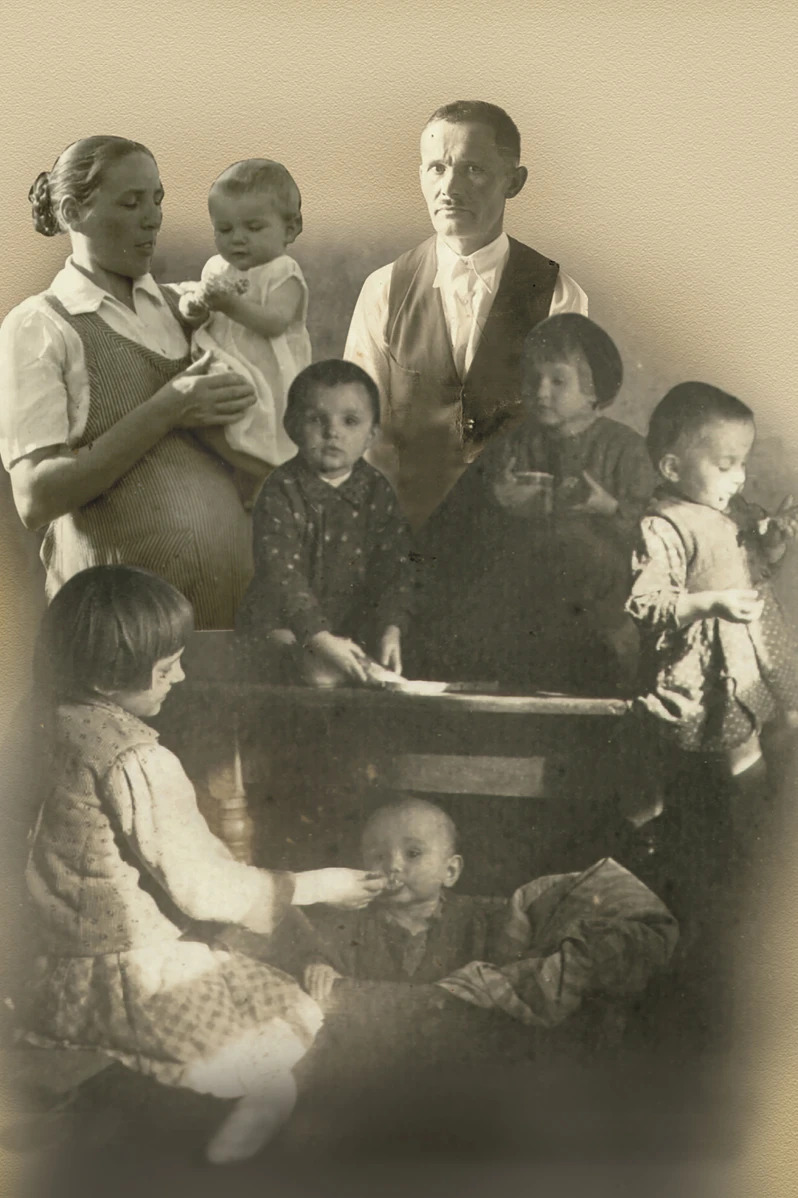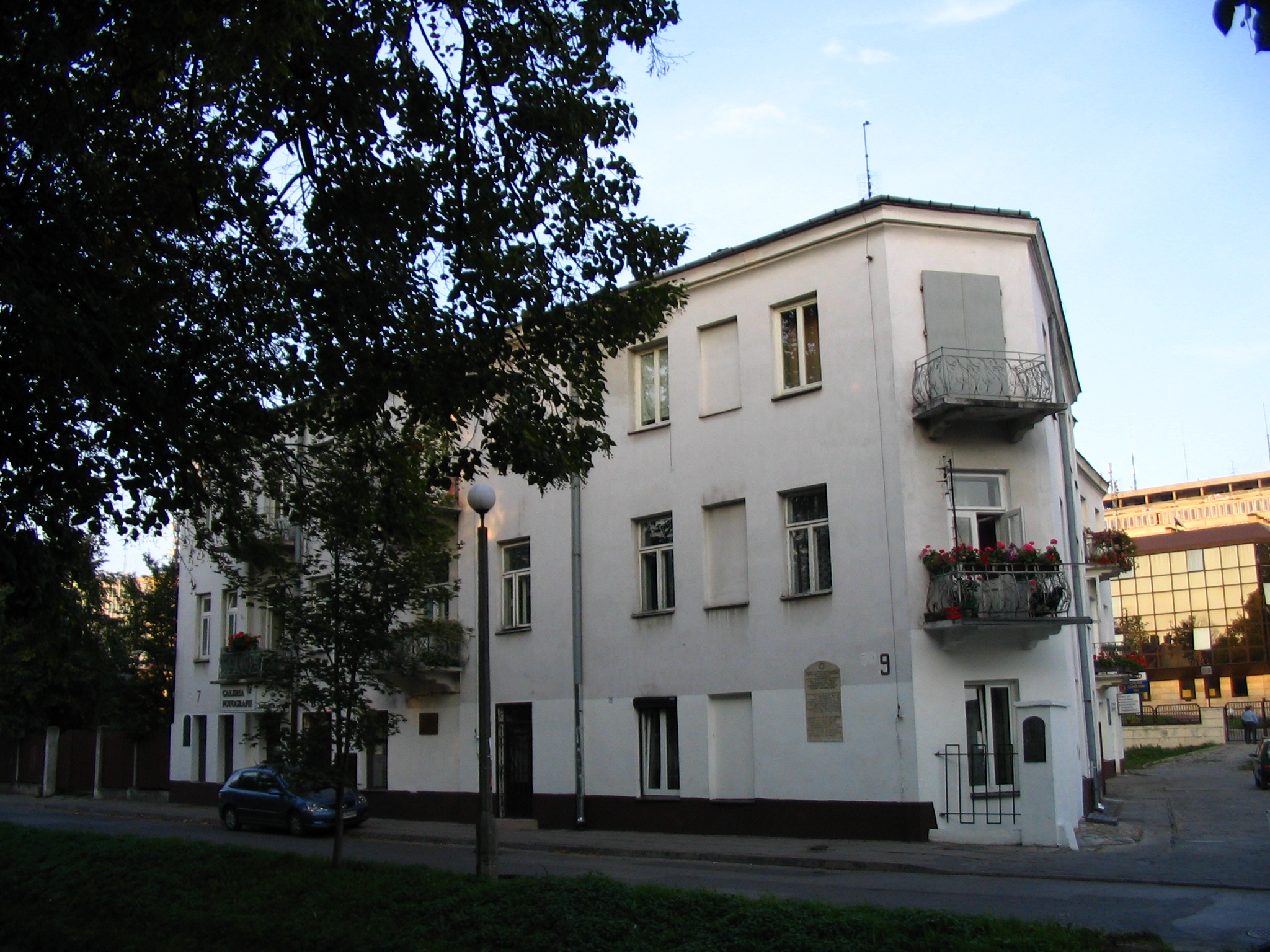Battle of Budaörs – Charles I of Austria’s attempts to return the throne of Hungary – Budaörs
Fact of the Hungarian figure „Arrival of Horthy”
Part of the „Creation of the modern states (1918-1920)” topic
Charles I of Austria, also known as Charles IV of Hungary, made two significant attempts to reclaim the Hungarian throne in 1921, both of which ultimately failed. Claiming that his earlier abdication in 1918 did not include the renunciation of his sovereignty, Charles launched his first effort in March 1921. His second and final attempt came in October of the same year. Accompanied by his wife, Charles arrived in Dénesfa by plane, where he received a loyal welcome from the local garrison. From there, the former king and his entourage traveled by train toward Budapest, stopping at several stations along the way. Leaders of military units and civilian authorities swore an oath of allegiance to him, hoping for a successful restoration of the monarchy.
However, Charles’ bid for power lacked widespread support. Most segments of Hungarian society, including the military and political elites, did not favor his return. Regent Miklós Horthy, who had been installed as the leader of Hungary, opposed the restoration of the Habsburg monarchy, believing it would destabilize the country. International pressure, especially from the Entente powers, also played a significant role in opposing Charles’ return, as it risked reigniting regional tensions in Central Europe.
On October 23, 1921, the royalist forces loyal to Charles clashed with troops from Horthy’s National Army in the Battle of Budaörs, just outside Budapest. The battle proved decisive. Horthy’s forces, which included regular army troops and university volunteers, routed the royalist units. Despite some initial support from garrisons along his journey, Charles found little backing when it came to facing Horthy’s well-organized National Army.
The defeat at Budaörs marked the end of Charles’ final attempt to reclaim the throne. The next day, he was taken to Tihany, where he continued to refuse to officially abdicate. However, under pressure from the Entente powers, Charles was handed over to foreign agents and transported to the island of Madeira, where he lived in exile until his death in 1922.
The failure of Charles’ attempts to restore the Habsburg monarchy solidified Horthy’s rule in Hungary. His success at Budaörs marked the definitive end of monarchist ambitions and confirmed Hungary’s transition to a regency under Horthy. The battle was emblematic of the broader struggle in post-World War I Central Europe, where the collapse of empires led to political upheavals and power struggles over the future of newly independent states.





